
An interior wall of the Crosley Radio booth at this week’s Consumer Electronics Show
*
I spent a few days this week in Las Vegas, attending the Consumer Electronics Show (CES). I have been to about 25 of these shows over the years, and I never cease to be amazed by the enormity of the event — three immense halls and countless hotel lobbies filled with electronics that entertain, think, fly, read, snoop, power and transport. I witnessed people marveling at smart watches, smart belts, smart homes and appliances, robots, drones, driverless cars, curved sound bars and on and on and on…
This year, one of the big deals was a flat screen TV that is thinner than a cell phone. Hard to imagine life without something like that, huh? Products like this attract walls of people around it, snapping picture upon picture, expressing amazement in a variety of languages. Many of these same people were likely here a couple years ago when 3-D was the next “big thing.” That hasn’t worked out so well for either the hardware folks or the content producers, although my hunch is these thin TV’s will catch on once the manufacturers are through price-gouging the early adopters.
I find the hardware aspect of the music/video business to be pretty soulless. New technologies don’t get me all that excited — while I appreciate some of the new tools, I am one of those people who believe too much technology has led us to becoming a society of transactions rather than interactions. Besides, I am more of a software guy — it is the content coming out of these devices that inspires my interest. But software is hard to find at CES (and so is any kind of reality).
While I didn’t get through the entire show (it is virtually impossible to do so), among all the noise and glitz and the “gotta haves” is an island of hope and sanity that I found fun and inspiring. Crosley Radio, who in 1920 introduced the first low price radio for the masses, has imagined its future by embracing the past, in particular by chasing the blossoming demand for music on vinyl. Their focus is manufacturing clever portable record players that bring the culture of the 1950’s into American households. By doing so, they are contributing to the expanding interest in the format. Crosley’s colorful LP and 45 RPM players — some with popular art or bands from the era printed on the carrying cases — are now making their way into the mass market in a pretty substantial way. According to the Crosley executive I chatted with, the company’s growth has been remarkable, and he sees year-over-year double digit sales increases in their foreseeable future. This mirrors what my friend who owns one of the country’s best independent record stores in the U.S. has said — that sales of vinyl has led to a revenue resurgence for his store. And who is buying the albums? Teenagers. There are certainly products in the marketplace that will produce much better fidelity than these turntables — many options were found on the floor at CES — but few companies have acted on the growth opportunity for marketing the experience of listening to record albums to a young consumer like Crosley.
In addition to the products they sell, the booth itself felt “like home.” Its design appealed to those of us who understand the warmth of being surrounded by a record collection. Nowhere else on the floor of CES was there anything even remotely like this.
This clever marketing of a beloved product of the analog era is promising, and other than the bar at the House of Blues at the Mandalay Bay, the most authentic (and maybe even only worthwhile) experience for me while at CES this week. Call it “old age.”
__________

The Crosley Radio booth
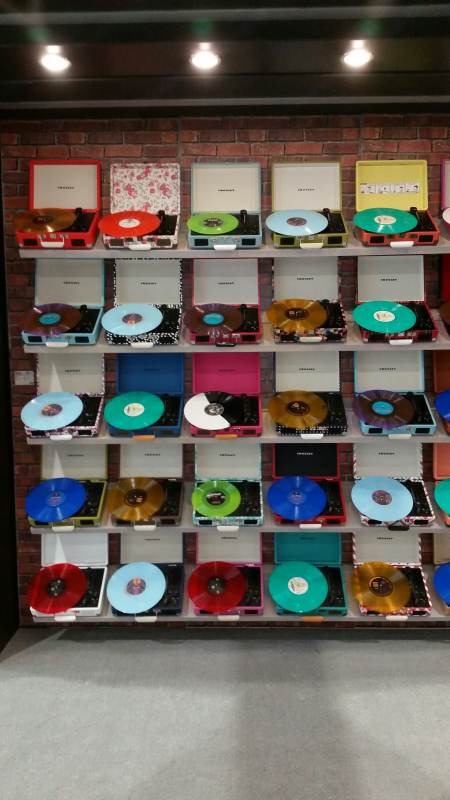
Portable turntables

Portable 45 RPM players
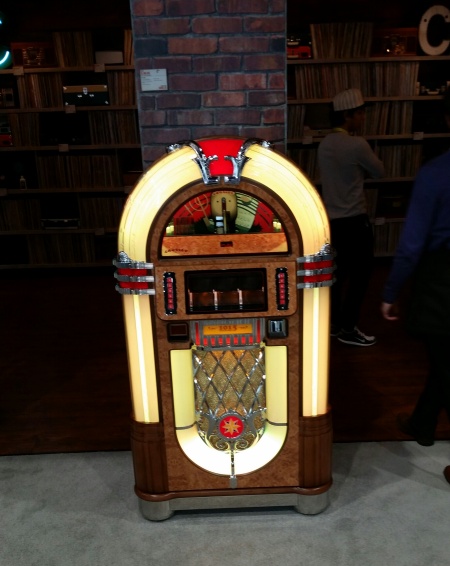
A Crosley jukebox
The bar at the House of Blues in the Mandalay Bay Hotel
_____






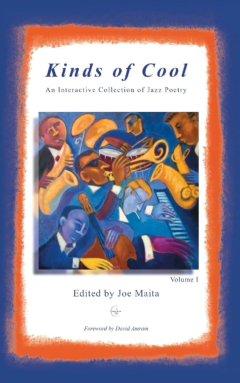
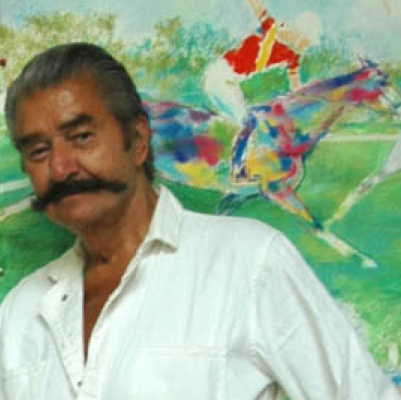
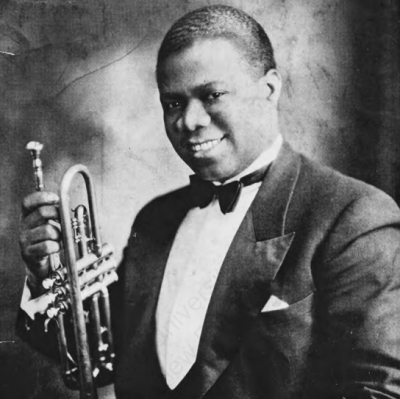
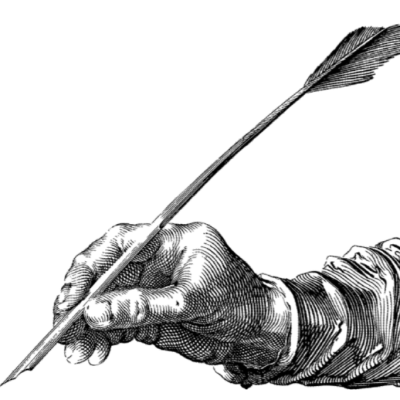

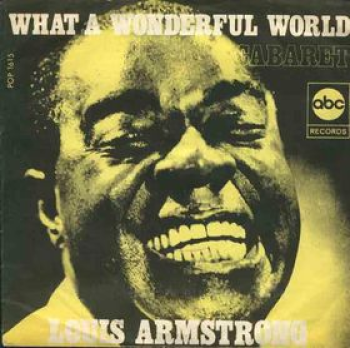
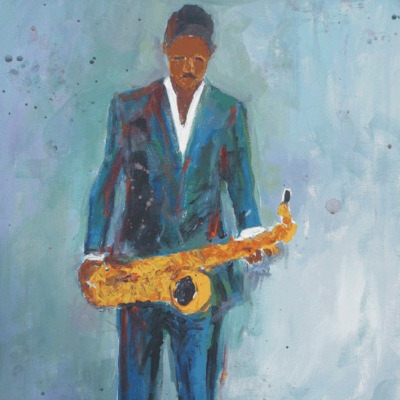

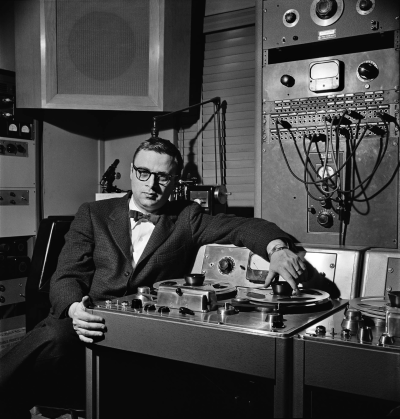

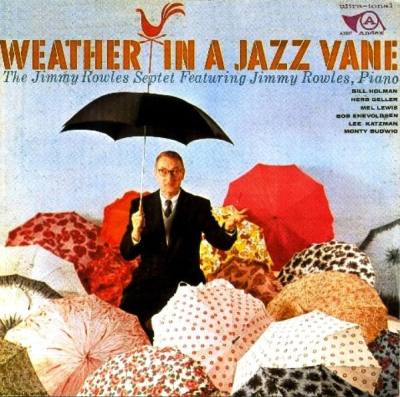



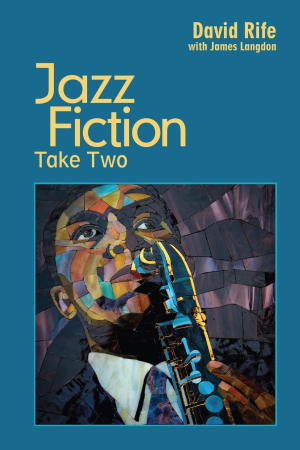


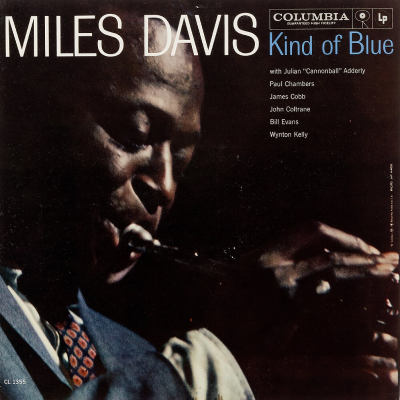
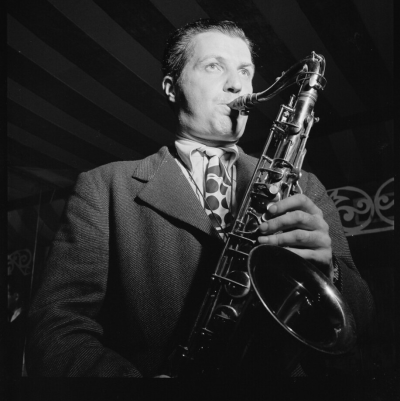
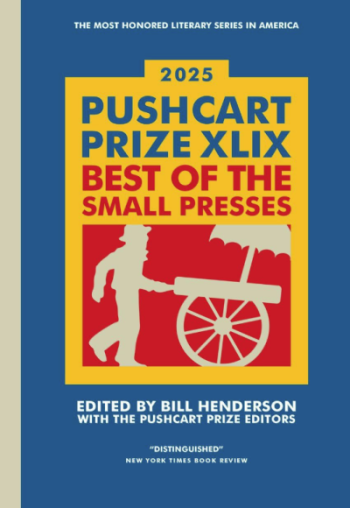



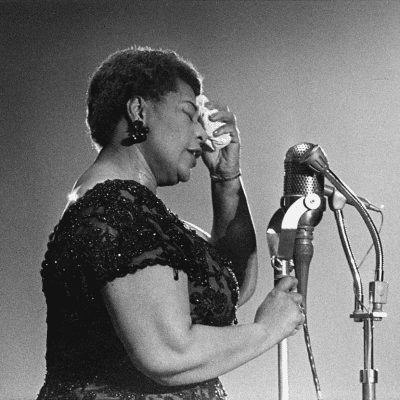



Amen, Amen I say to the article; the finger-flying insanity of twitter, tweet, Facebook, Bluetooth etc. etc. leaves me cold. Oh for a handshake, and a face to face conversation complete with skin and togetherness
Right on Susan!
Amen, Amen I say to the article; the finger-flying insanity of twitter, tweet, Facebook, Bluetooth etc. etc. leaves me cold. Oh for a handshake, and a face to face conversation complete with skin and togetherness
Right on Susan!